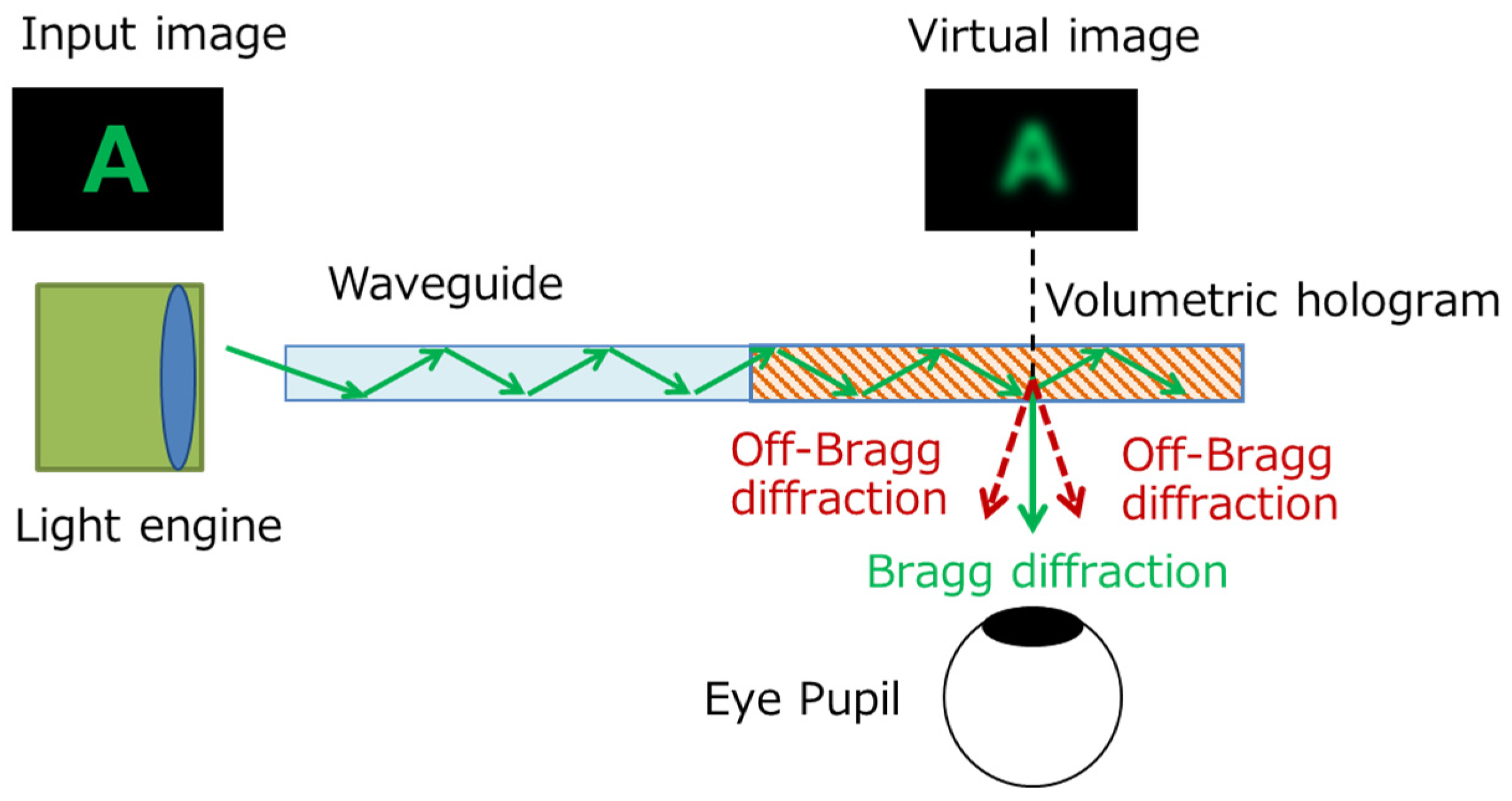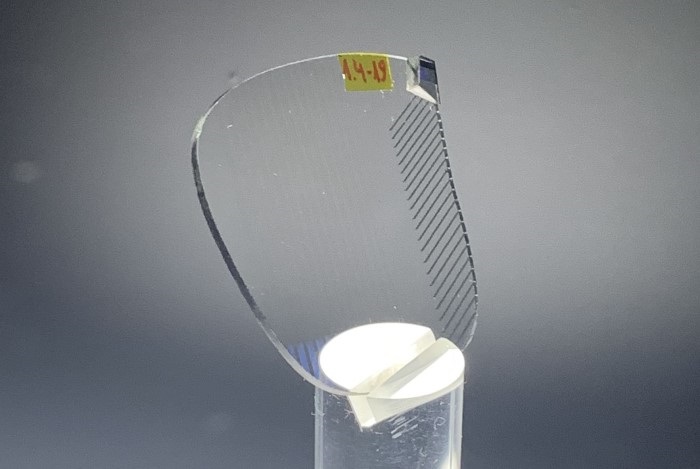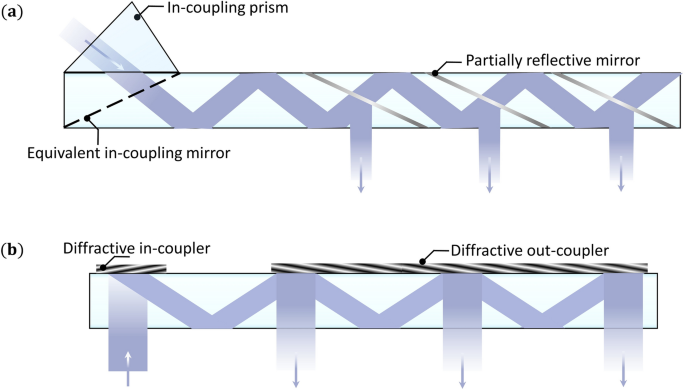Different waveguide types significantly impact image quality in augmented reality (AR) glasses. Here are some key aspects of how various waveguide technologies influence image performance:
1. Planar Waveguides
- Description: These are flat waveguides that use total internal reflection to direct light.
-
Image Quality:
- Pros: Can produce bright and clear images with good color fidelity.
- Cons: They may have limitations in field of view (FOV) and may exhibit distortion at the edges.
2. Volumetric Waveguides
- Description: These waveguides utilize 3D structures to guide light, often allowing for more complex light manipulation.
-
Image Quality:
- Pros: Can provide a wider FOV and improved depth perception.
- Cons: They can be more complex to manufacture, potentially affecting cost and consistency in image quality.
3. Reflective Waveguides
- Description: These use mirrors or reflective surfaces to direct light.
-
Image Quality:
- Pros: Can achieve high brightness and contrast levels.
- Cons: May produce artifacts or reflections that can detract from image clarity.
4. Diffractive Waveguides
- Description: These use diffraction gratings to bend and direct light.
-
Image Quality:
- Pros: Can enable very thin designs with a wide FOV.
- Cons: May suffer from color fringing or loss of resolution due to diffraction effects.
5. Hybrid Waveguides

- Description: Combine different waveguide technologies to optimize performance.
-
Image Quality:
- Pros: Can balance the strengths of various types, improving overall image clarity, brightness, and FOV.
- Cons: Complexity in design and manufacturing may lead to challenges in consistency.
Conclusion
The choice of waveguide type plays a critical role in determining the image quality of AR glasses. Factors such as brightness, color accuracy, field of view, and distortion all vary between waveguide technologies, influencing the overall user experience. Designers must carefully balance these elements to achieve the desired performance in AR applications.





